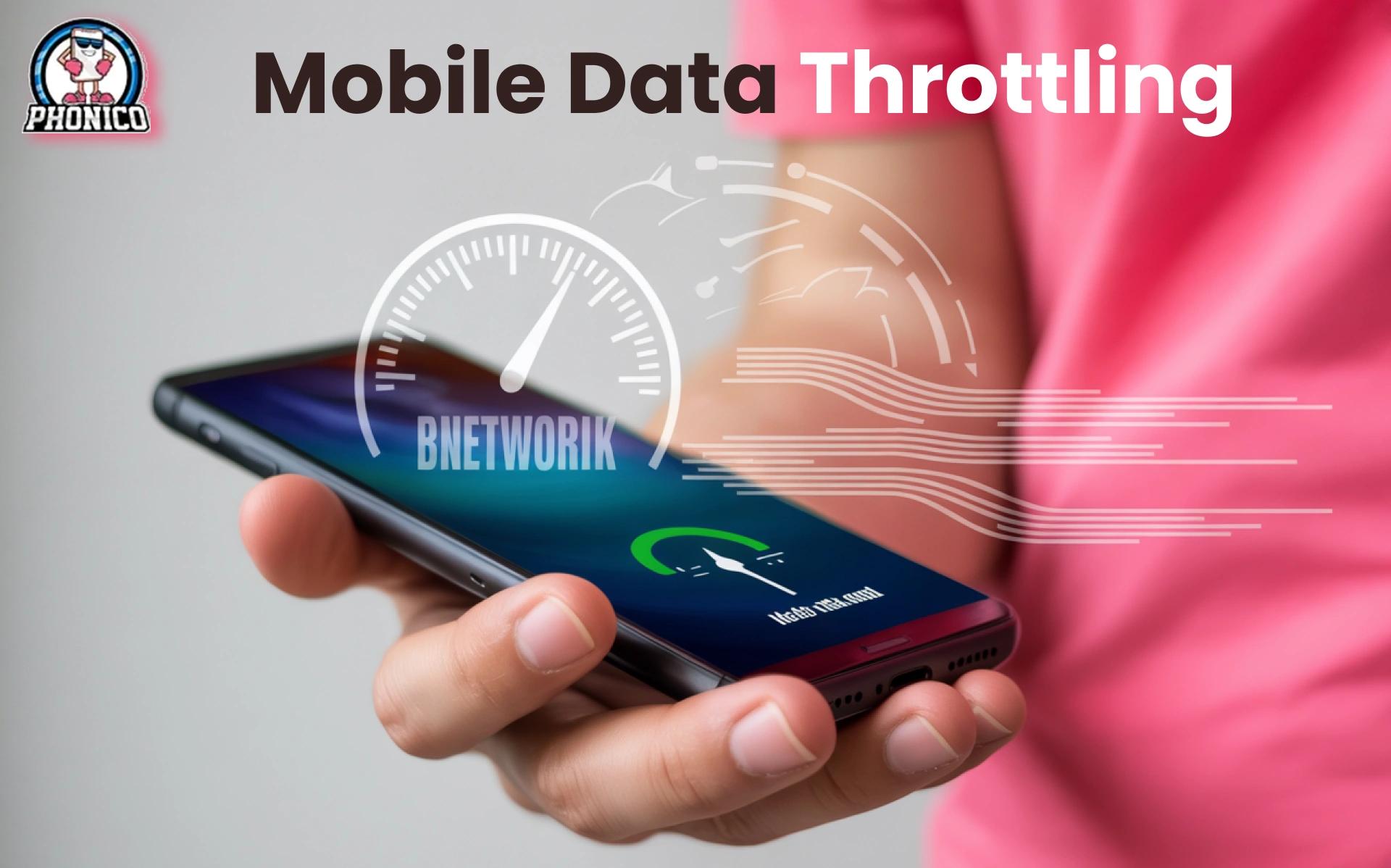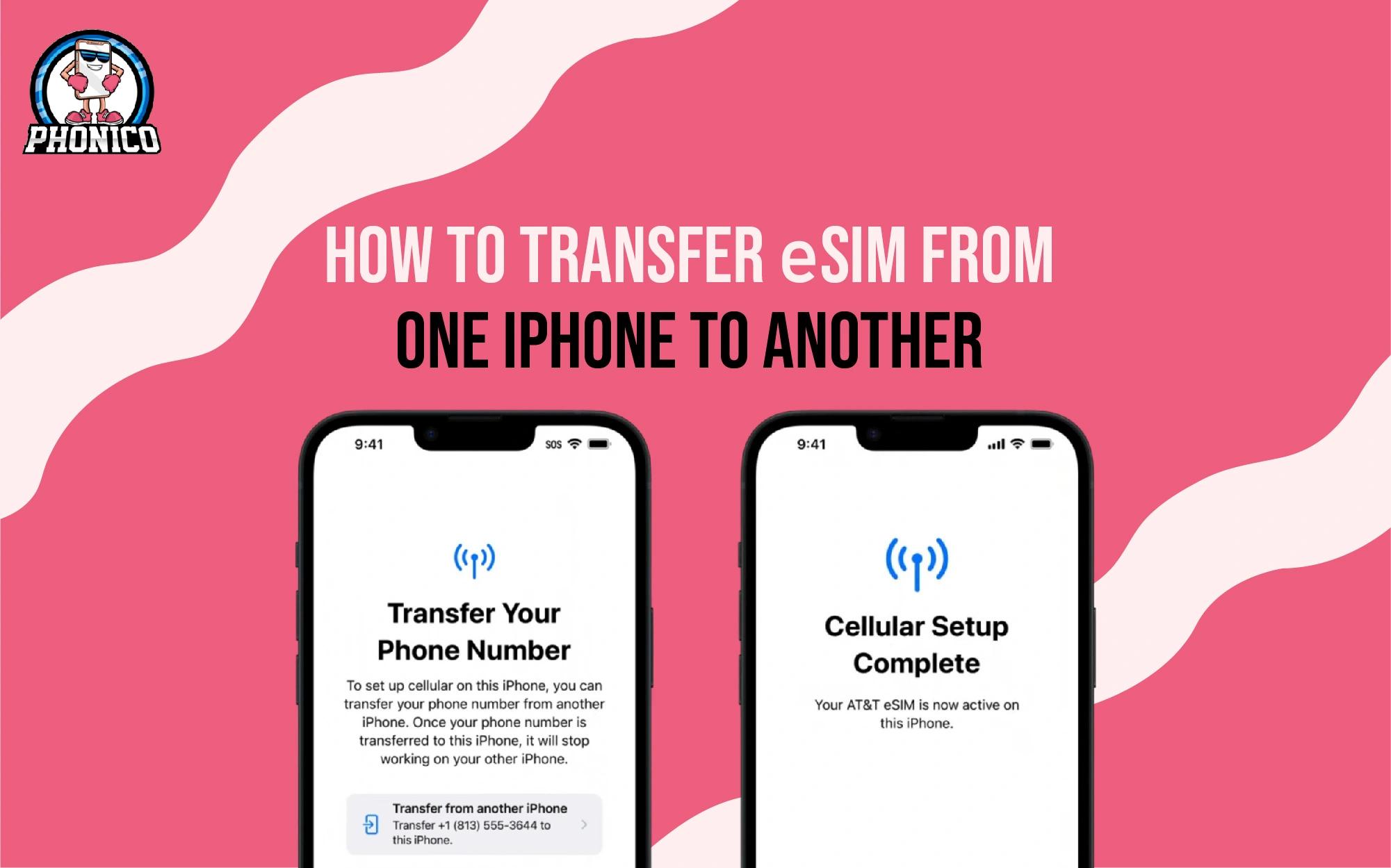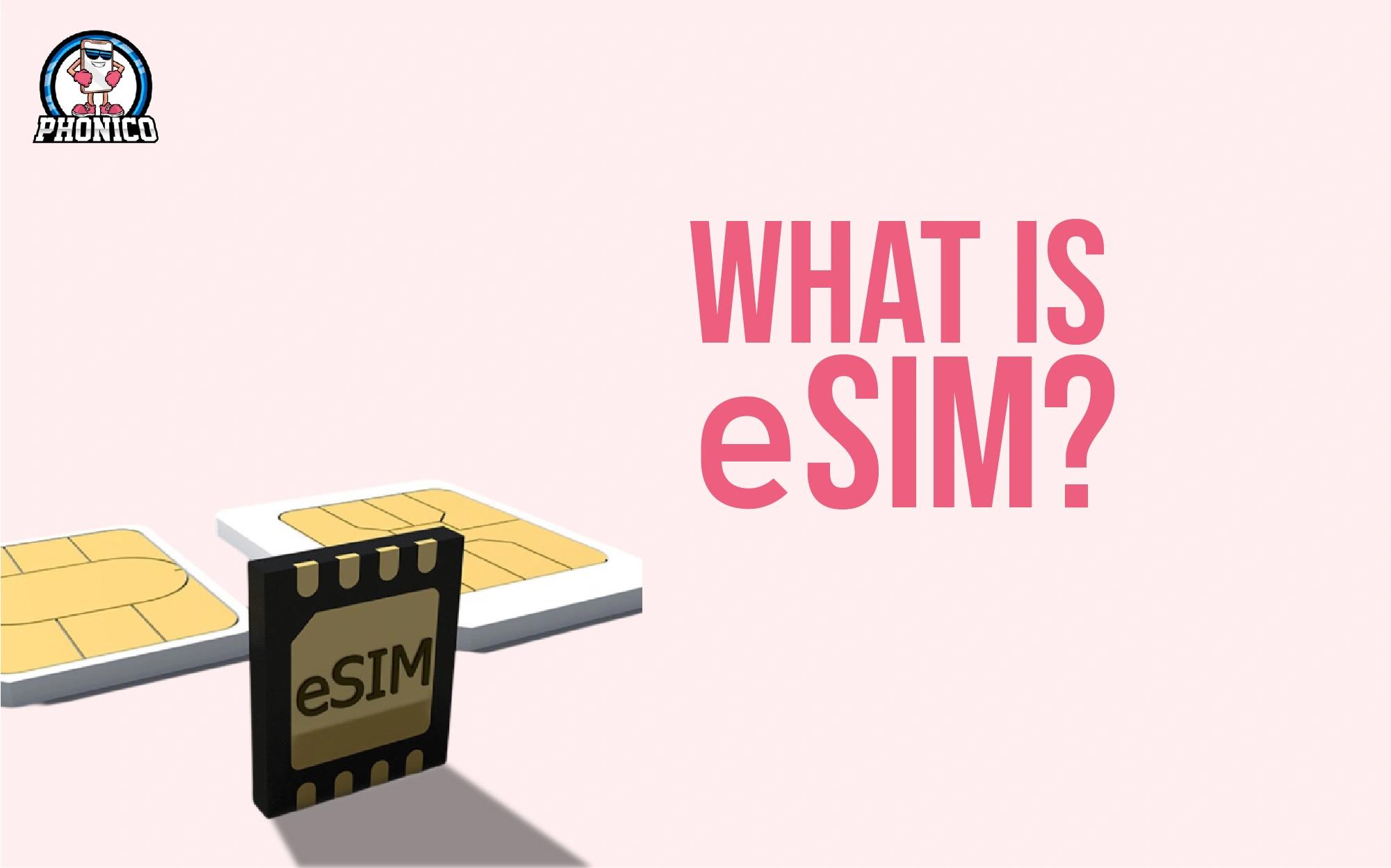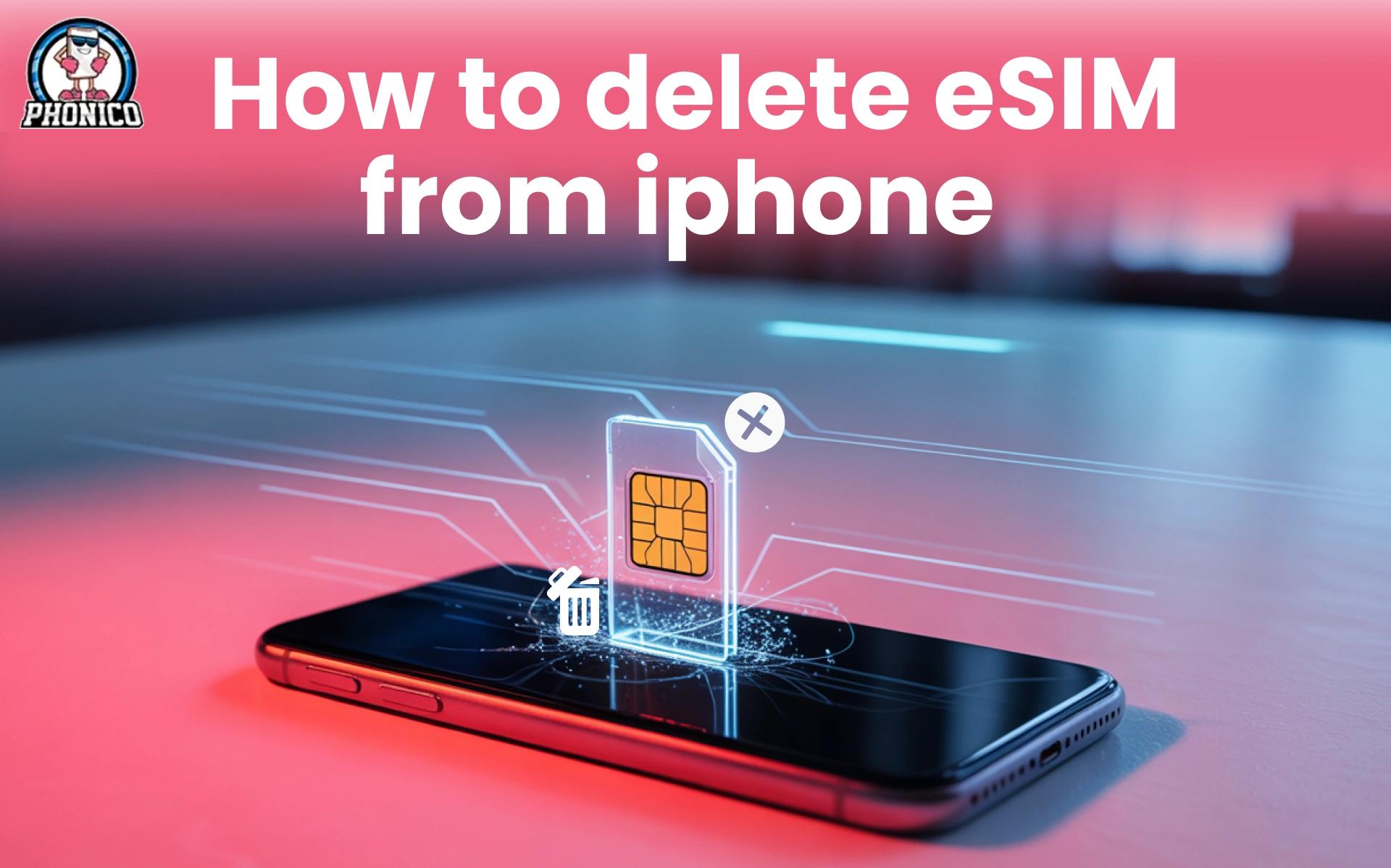Mobile Data Throttling: Why It Happens and How to Avoid It?
Technology has redefined our comfort zone premises by adding speed to every task. Same as it did for Internet bandwidths with super-fast uploading and downloading. But there are times when you notice that Internet speed suddenly drops, making video calls glitchy or web pages loading at a snail’s pace. This is due to Mobile Data Throttling, and it happens most with the eSIM users.
So, one thing is clear that you want to know how to avoid it. But first, you have to know why mobile data throttling occurs and how you can achieve uninterrupted connectivity. Let’s learn everything in this blog!
What is Mobile Data Throttling?
Your mobile data carrier intentionally slows down your internet speed because you reach a certain data limit, or there is a network congestion going on, which is called Mobile Data Throttling.
You won’t be disconnected from the internet, but you’ll remain connected at the painfully slow speed that most annoys you.
Throttling Vs. Data Capping Vs. Deprioritisation
- Throttling: Your internet speed is reduced after a certain amount of data threshold.
- Data Capping: You run out of high-speed data completely after a limit is reached.
- Deprioritization: You will experience slow speeds only when the network is busy, and if you are not a premium user.
Why Do Carriers Throttle Mobile Data?
The carriers throttle mobile data due to the following reasons:
Network Congestion Management
There are times when most users are online at once, and the carrier throttles speeds to prevent network overload. This usually happens in crowded areas during peak hours or high-traffic events.
Data Plan Restrictions
You have seen many mobile data plans saying unlimited data, but in reality, there is a hidden Fair Usage Policy (FUP) that limits high-speed data. Once you reach a specific amount of data, decided by the carrier, you are throttled. For example,
- 10 GB high-speed data > after that, speed drops to 3G or lower.
Carrier Policies and Premium Plans
There are premium package plans, and there are cheaper plans. Most carriers prioritize their premium users by giving them full actual speeds and cutting off their low-budget plans.
How eSIM Users Are Affected by Data Throttling?
eSIM users have chosen this type of connectivity to get relief from hassle and seamless connectivity, but there are the following reasons why eSIM users face mobile data throttling:
Multi-Network Challenges
As eSIM users are allowed to switch between multiple carrier networks, they might encounter throttling policies changing from carrier to carrier.
Throttling While Roaming
While you are travelling and using eSIM for roaming, some networks may throttle speed due to agreements with your primary carrier.
Unexpected Speed Drops
eSIMs are meant to be bought by users because they are a modern means of communication that provides flexibility and better mobile connectivity. But if a carrier throttles your data, you may face inconsistent speeds across different networks.
How to Know If You are Being Throttled?
Signs of Data Throttling:
- Slow loading of web pages, like taking forever to load.
- Buffering videos long
- Low speeds are shown on speed tests.
How to Test for Mobile Data Throttling?
- Run a Speed Test - Try speed test websites like Fast.com or Speedtest by Ookla.
- Try a VPN - If your speed improves after using a VPN, your carrier may be throttling certain websites or services.
- Compare Different Times - Run speed test in peak and off-peak hours to see any difference.
Is Data Throttling Legal?
Government Regulations
There are no hard and fast rules, and if there are, they vary from country to country. Like the EU and parts of the US have rules requiring transparency about network policies.
Consumer Rights
The long written mobile contracts that you have agreed on contain a throttling paragraph. So, always read the Fair Usage Policy (FUP) before choosing a plan.
Carrier Transparency Issues
Many carriers fail to mention the high-speed figures in their unlimited data plan, which results in unexpected slowdowns.
How to Prevent or Bypass Mobile Data Throttling?
Choose a Data Plan with No Throttling
- Try to consider a premium unlimited plan so there are no slowdowns after a limit.
- Choose data plans that have high Fair Usage Policy (FUP) before choosing a plan.
Use a VPN to Avoid Throttling
Some carriers restrict specific websites and throttle speed while allowing all other activity at full speed. Using a VPN encrypts your data, so your carrier can’t detect it and cannot throttle you.
Manage Your Data Usage Smartly
- Reduced Background Data - Disable Auto updates and Cloud backups on mobile data.
- Lower Video Stream Quality - Switch to 720p or 480p instead of 1080p or 4K.
- Use Wi-Fi whenever Possible - Reduce reliance on mobile data to avoid hitting throttling limits.
Switch to Better Carrier
If you are sick of your carrier regularly throttling you, try switching to an eSIM plan with a better carrier that offers high-speed limits.
Try a Different eSIM Network
eSIMs’ promising quality is that they allow you to switch between networks. If one carrier is throttling your speed, you can activate another eSIM profile with another provider. Try Phonico eSIM, they took care of every user as a premium user with no throttling.
Conlcusion
Now you know everything about frustrating mobile data throttling, so you dont need to be a victim of low internet speeds. You can use smart strategies by reading this blog and bypass this throttling to enjoy the seamless network connectivity you deserve. Buy a Phonico eSIM to enjoy affordable rates and uninterrupted connectivity.
FAQs
Will switching carriers stop data throttling?
Yes, if you switch to a carrier that offers more favourable data policies or higher data caps.
Does Data Throttling occur with unlimited data plans?
Yes, many carriers' unlimited data plans have fair usage policies that include throttling at a certain data threshold.







